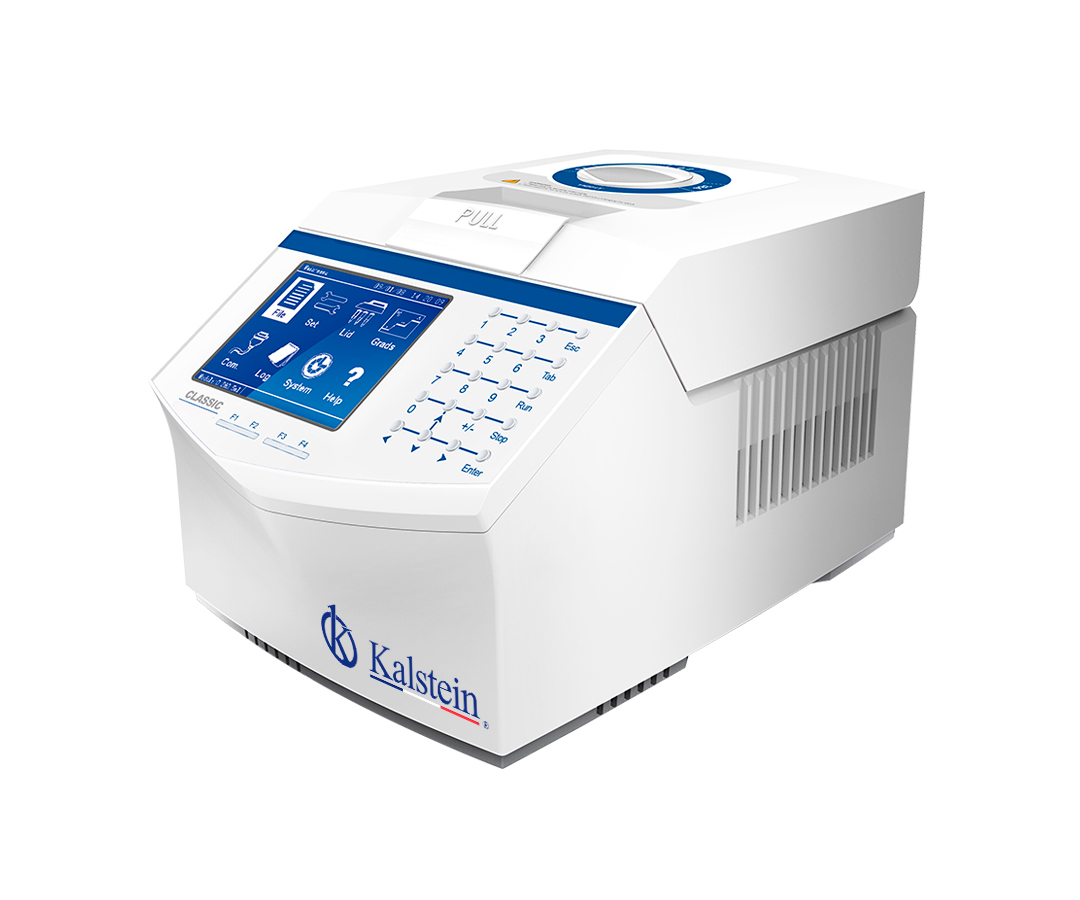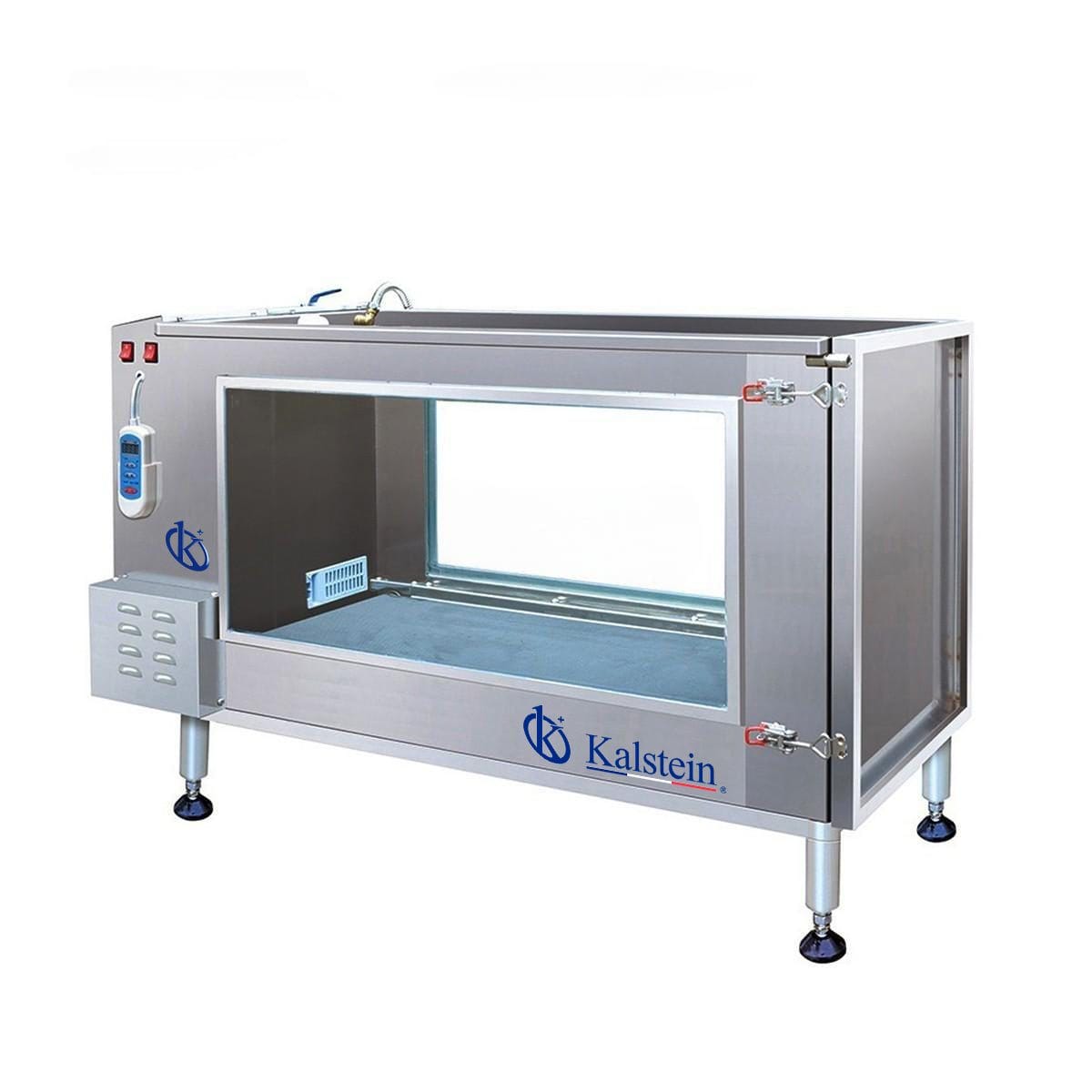In order to carry out the in vitro test of specific biological DNA samples, the Thermocycler, is aimed at the development and intervention in the discovery of basic molecules for life, together with DNA-related research, using the Polymerase Chain Reaction (PCR) process whose principle is based on reaching levels of temperatures determined over time intervals.
Nowadays, the use of a Thermocycler has many applications, such as: identifying individuals from minimal amounts of tissues or blood, diagnosis of genetic diseases, research on the evolution of life, etc., in addition to a high impact in all fields related to molecular biology.
Basic Structure of Thermocycler
Using thermoelectric mechanisms of the Thermocycler, for the understanding of the functions of the equipment, it is structured as follows:
- Sample tray (plate): is the mechanism in which the resistance tubes are installed, where they contain DNA samples and their function is not only to support the reaction tubes, but also to transport heat uniformly, the samples during the transient stages of PCR.
- Peltier cells: these will allow to raise and lower the temperature by the application of current, based on the application of the concepts of thermoelectricity, and consists of passing a current from a continuous electrical energy source, through a circuit formed by two different conductors, obtaining that one of its joints absorbs heat and the other gives it.
- Sink-Fan System: it is based on evacuating heat by forced convection, to lower temperatures on the hot side, and achieve lower temperatures on the cold side, thus absorbing more heat from the side that requires cooling.
- Housing: is the component that will house the mechanical components mentioned above.
- Cover: This is the element that will cover the sample tray, and therefore also the samples. The top of the reaction tubes should be kept at 105°C, and condensates should be avoided and pressurized.
Thermocycler Development Mechanism
All process for PCR analysis is automated by means of the Thermocycler, which allows heating and cooling the micro tube containing the sample, recording the necessary temperature, for each stage of the reaction.
It regulates temperature and time, to complete a PCR cycle such that the sequence is repeated over time, which has been programmed, according to the interest of the investigator.
Also, the microtubes, which contain the samples used for PCR, have a very thin wall, which benefits a good thermal conductivity, accessing the efficiency towards thermal balance. It should be noted that the equipment must have a system that heats the closing lid, where the samples are, in order to avoid condensation on the reaction microtubes.
Generally, they include a temperature gradient, which allows to improve the temperature environments of each step of the reaction, for the increase of a single pattern, using Peltier technology, to heat and cool a block on which the microtubes where DNA samples go, this block of a material of high thermal conductivity.
Kalstein brand thermocyclers
At Kalstein, we are equipped with the most extensive technology in trained laboratory equipment, to meet all the demands of our customers. In this case, we offer you the Thermocyclers belonging to the YR series, with general, and attractive features, such as; Solemn and elegant appearance, innovative design. Exclusive function of heat regulation of the rotary cab. Handle-module, safer and convenient for module replacement, improving exchange efficiency and long service life. Super high definition large LCD screen. The intuitive and friendly user interface makes the program easier and faster. Memory function in case of shutdown. Take control of your experiments. 5.7’LCD display interface. Temperature control mode, tube block.
In addition, we offer extensive advice, with the best experts, so that your purchase is ideal and at excellent prices. To learn more about our catalog, visit HERE
For more information, visit our website at HERE




